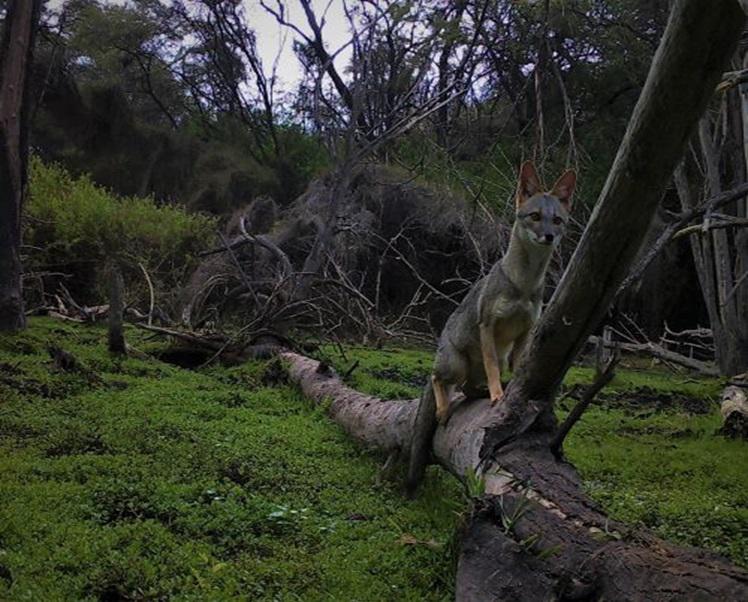Alejandro Pereda Sánchez
Other projects
7 Jun 2024
Mitigating Pathogen Transmission at the Human-Domestic Animal-Wild Carnivore Interface in the Threatened Tumbesian Dry Forest Ecosystem
With this work we want to Identify and confirm species of wild carnivores that inhabit the patches of dry forest around the San José district, some of which may be future conservation objects for communities and local governments. Characterize the population of domestic carnivores in rural communities around the dry forest patches of the district of San José in the province of Pacasmayo, La Libertad region. Quantify habitat overlap of wild and domestic carnivores, through camera traps captures and estimate the potential impact of this situation on the wild carnivore’s conservation. Finally, this project will be useful for local authorities to apply sanitary measures in domestic dogs and cats that live in communities around the dry forest patches, to carry out educational programs for the conservation of wild carnivores, and will serve as preliminary information for future studies of interaction and convergence between carnivores and disease ecology for conservation purposes.

Sechuran fox.
Wild carnivores face many threats around the world, such as interactions with invasive species that could spread infectious diseases to wild populations and impact wild distribution. The last southern patches of equatorial dry forest are located in San José, Pacasmayo, Peru. Habitat of small carnivores like sechuran foxes, pampas cats and striped hog-nosed skunks. This ecosystem is critically endangered by deforestation and land use change. The habitat loss predisposes the convergence between domestic and wild carnivores representing a threat that has not been evaluated before. The result obtained from the work will serve as preliminary information about the sanitary and reproductive control of domestic carnivores and if it is generating an impact on the conservation of wild carnivores of the dry forest.
This information will serve to the development of zoning plans for natural areas, initiate an education plan with communities, about the importance of responsible pet ownership and how this helps conserve dry forest carnivores, develops an appropriate plan for the sanitary and reproductive control of street dogs and cats, within communities that imply a risk for the conservation of wild carnivores, and a disease ecology monitoring plan for wild carnivores in the dry forest and community dogs and cats.